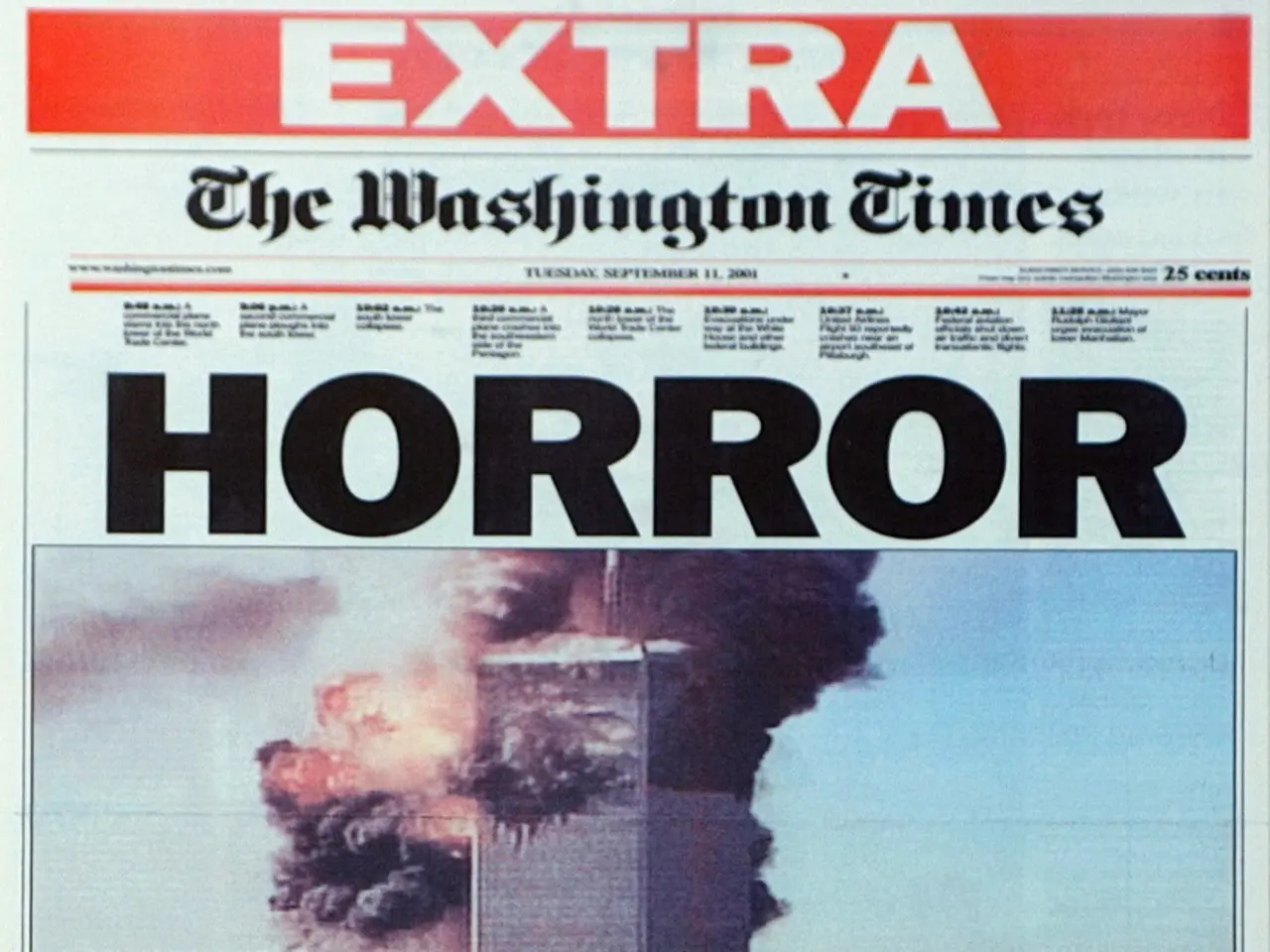Ghostly Deeds in the White House: Is Watergate America's Greatest Misinterpreted Confusion?
In 1967, the satirical book The Report from Iron Mountain was published during Lyndon B Johnson's presidency, at the height of the Vietnam War. The book, authored by Leonard Lewin, was designed to question America's military priorities and dependence on conflict. It presented itself as a government think tank report, claiming that permanent peace would be disastrous for society and that war was necessary to maintain social stability. The text proposed extreme and disturbing alternatives like reintroducing slavery, staging fake UFO invasions, and other forms of social control, all wrapped in a dry, academic tone that mimicked genuine government studies.
This convincing presentation led many to believe it was a leaked authentic government document. As a result, it stoked paranoia, feeding into the broader cultural atmosphere of suspicion and conspiracy that surrounded events like Watergate. The book's ideas inflamed fears of secret government machinations and were often cited by conspiracy theorists as real evidence of hidden agendas, despite its satirical origins.
Fast forward to 1972, and the Watergate scandal unfolded. Operatives linked to Nixon's re-election campaign broke into the Democratic Party's headquarters at the Watergate complex. This localised and specific conspiracy took on epic proportions in the climate following The Report from Iron Mountain. Watergate became an archetypal conspiracy that has overshadowed everything subsequent to it, suggesting a small group of anxious, paranoid men making reckless decisions rooted in personal ambition.
Journalist Phil Tinline argues that Watergate shows a strange mixture of fragility and incompetence. Understanding Watergate solely through the lens of a full-scale dark conspiracy matching the tone of The Report from Iron Mountain is misleading, however. It was more a political farce amplified by the era's fear and distrust than a well-orchestrated conspiracy.
The Report from Iron Mountain has been considered to have contributed to the conspiracy theories that emerged throughout the 1960s and '70s. Over time, the book was taken up by far-right and militia groups as genuine proof of malicious government schemes, further embedding it in extremist conspiracy theory culture. Its republishing in the 1990s by groups like Willis Carto’s network helped propagate it among those deeply skeptical of government, influencing figures such as Timothy McVeigh and radio host Bill Cooper.
In summary, The Report from Iron Mountain amplified Cold War-era conspiracy fears by masquerading as a genuine government document, thus shaping public perceptions of political conspiracies during and after the Watergate scandal. Its journey from left-wing satire to right-wing "proof" of conspiracy demonstrates how satirical critiques can be co-opted into paranoid narratives, reflecting the thin line between skepticism and paranoia in American political culture. The satirical aim of The Report from Iron Mountain was to make people think and challenge authority, but it seems that in some cases, it had the opposite effect.
[1] Kuttner, R. (2013). The Report from Iron Mountain: The Politics of Total War. City Lights Books. [3] McNamara, M. (2019). The Report from Iron Mountain: A Satire on the New Aspects of Total War. University of Illinois Press.
- The satirical book The Report from Iron Mountain, publication during Lyndon B Johnson's presidency, not only questioned America's military priorities but also contributed to the rise of conspiracy theories in general-news, entertainment, and policy-and-legislation, playing a significant role in shaping public perceptions of political conspiracies, particularly during and after the Watergate scandal.
- Over time, The Report from Iron Mountain, initially a left-wing satire, has been taken up by far-right and militia groups, becoming genuine proof of malicious government schemes in their belief, and has been republished by networks such as Willis Carto’s, further deepening its influence among those skeptical of government in politics and extremist conspiracy theory culture.








